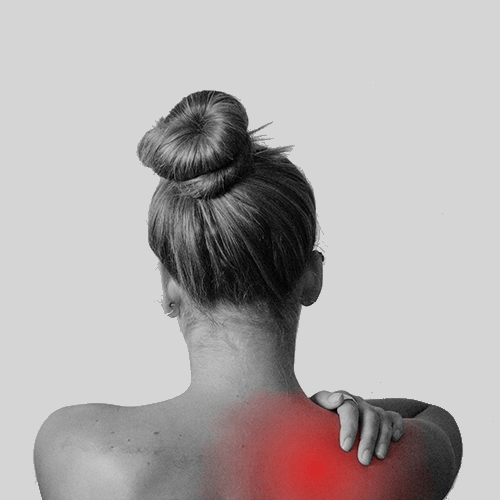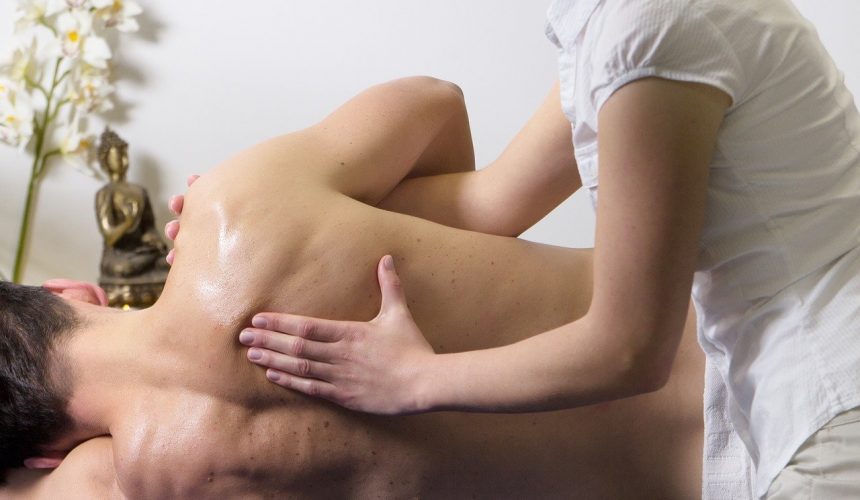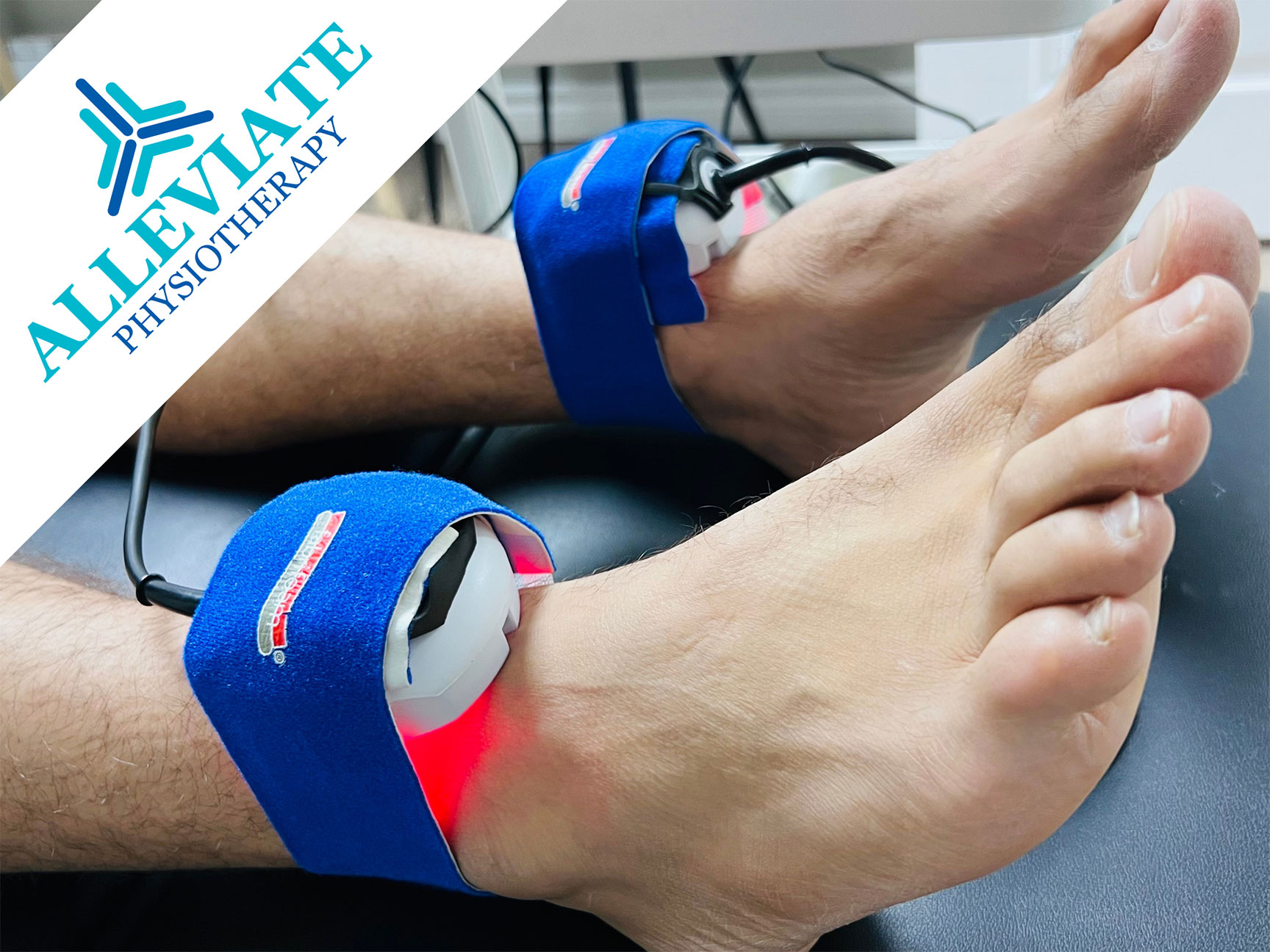Beyond the X-ray: Uncovering the Real Reasons Your Shoulder Hurts and How Physiotherapy Can Help
How often have you been prescribed a diagnostic test “to get a better picture of what is going on”? How scared were you when you were given your test results with a 1- or 2-word diagnosis? Were you ever diagnosed with one of the listed problems below?

- Rotator Cuff Tendinitis
- Impingement Syndrome
- Arthritis
- Frozen Shoulder (Adhesive Capsulitis)
- Shoulder Instability
- Strain (Biceps Tendon)
- Acromioclavicular Joint Sprain
- SLAP Lesion
- Scapular Dyskinesis
- Shoulder Bursitis
- Thoracic Outlet Syndrome
Were you then not provided with any further education about what this “diagnosis” actually means? or how your diagnosis may or may not be affecting your pain? Has your shoulder pain disappeared following this imaging? Or are you still unable to lift your hand, or comb your hair or wear your favorite shirt?
Although commonly prescribed, your X-rays, ultrasounds, and MRIs only provide you with half the information, and the bigger problem arises when you are then provided with no further direction on how to manage your symptom and begin your journey towards recovery despite having a “full diagnosis” of your shoulder impairment.
In order to understand the complete picture, it is essential that you undergo a complete physiotherapy assessment, where your therapists will utilize their manual therapy, anatomy and medical knowledge to help you gain a better understanding of why your shoulder pain is getting worse at night or why simple activities which you were once able to perform with ease now is a source of pain and discomfort to your shoulder.
Let’s dig a little deeper, and learn a little about the anatomy of the shoulder joint. Your shoulder complex is surrounded by 4 primary muscles:
- Infraspinatus
- Supraspinatus
- Trees Minor and
- Subscapularis.

These muscles are referred to as the Rotator Cuff muscles – the main players of your shoulder that provide it with movement and stability. Helping these big players are your
- Deltoids (Anterior, Posterior and middle head)
- Pectoralis Major
- Biceps Brachial
- Latissimus Dorsi and
- Trapezius.
Muscles work along with ligaments to help stabilize your shoulder joint, and this includes
- Capsular Ligament
- Glenohumeral Ligament (anterior, middle and posterior)
- Coracoacromial Ligament and
- Transverse humeral ligament.
Working in harmony along with your muscles and your ligaments are four nerves. These nerves which supply to the shoulder joint arise from the Brachial Plexus. The brachial plexus made up of following nerves:
- The Axillary Nerve
- The Lateral pectoral nerves, and
- The Suprascapular Nerve

Your body works in harmony and acts as a support system to one another – when one system fails, the other takes over and supports the system to compensate. However, many diagnostic techniques, such as X-rays & Ultrasound are very limited. Diagnostic tests such as X-ray and Ultrasound are great at revealing the fault or issue in the structure but are limited in helping us gain further understanding of how they are causing us pain and functional limitations which hinder our ability to Alleviate Impairment and get back to doing activities
which are of importance to you.
So where can you learn the complete truth about your shoulder complex pain? Your Physiotherapists.
Your Physiotherapists will perform a detailed manual examination to gain a better understanding of your muscles, ligaments, and nerves and deduce the root cause of your functional and structural limitation.
A detailed examination from your therapist will be used, along with the therapist’s knowledge, recent evidence on this topic, and your values and beliefs to develop a specific treatment plan which is tailored to your needs.
The treatment plan you develop together will consist of various combinations of techniques and approaches to treat your shoulder injuries.

Some of these techniques are:
- Mckenzie Technique
The main aim of this treatment method is to emphasize patient empowerment treatment technique.
This is also one of the most commonly used techniques. Mobilization techniques help in healing and Improving Joint mobility.
Some other techniques that are also used to treat the shoulder joint injury are:
- Maitland Mobilization Technique
- ART- Active Release Technique
- Myofascial Release Technique
- Muscle Energy Technique
- Nerve flossing
- Postural stretches
You no longer need to live in pain. Get back to doing things that you love to do.
Visit a physiotherapist today near you @Alleviatephysiotherapy and learn the full truth of why your shoulder is bothering you, and work alongside a highly trained and qualified individual to begin your journey on the road to recovery.
Have more questions?
A pain-free life is just a call away.
Feel free to Book a Free Consultation
OR
Check out our Services and Therapist Profiles
Your healthcare is our priority; we don’t just Alleviate PAIN, we also Alleviate your QUALITY OF LIFE by improved mobility and daily functioning.









